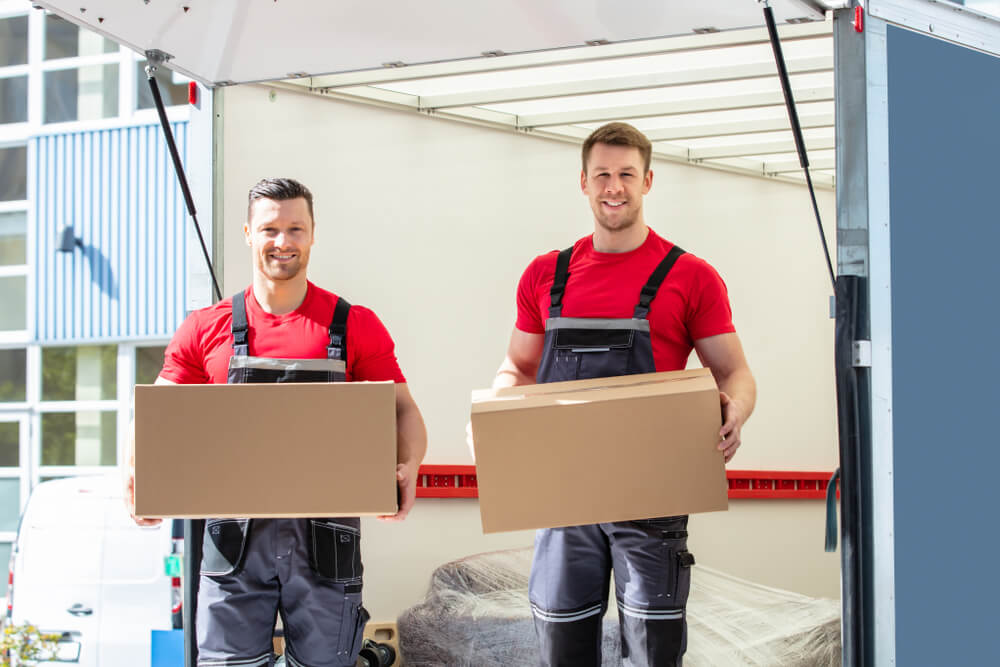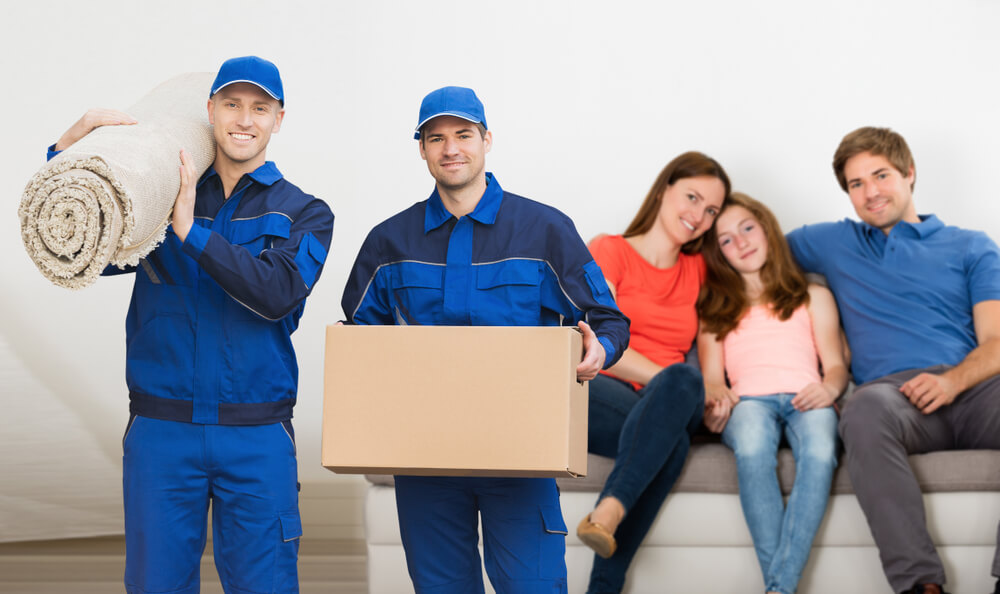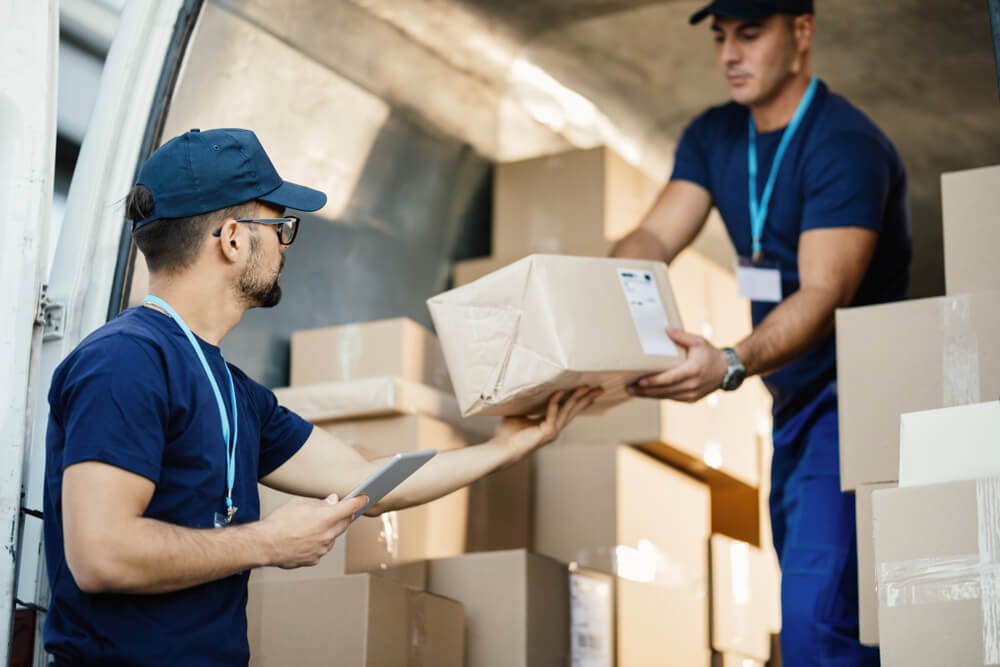What Does Trip-and-Fall Mean in the Legal Space?
In the legal realm, “trip-and-fall” refers to a specific type of premises liability case where a person is injured after tripping and falling on someone else’s property. According to the Munley Law Glossary, these incidents occur when an individual encounters an unsafe or obstructive condition that causes them to lose their balance and fall, leading to injuries. Trip-and-fall cases often arise from property owners’ failure to maintain safe conditions, and the legal implications can involve significant compensation for the injured party, depending on the circumstances surrounding the accident.
Understanding Trip-and-Fall Accidents
Trip-and-fall accidents are a common form of personal injury, often resulting in serious consequences such as broken bones, sprains, head injuries, and back pain. These accidents typically occur when a person encounters a hazardous condition, such as:
Uneven or Cracked Sidewalks: Poorly maintained walkways can cause a person to trip if there are noticeable cracks, height differences, or irregular surfaces.
Cluttered Floors: Objects left in walking paths, such as electrical cords, merchandise, or debris, can be tripping hazards.
Loose Flooring: Damaged carpets, tiles, or mats that are not securely fastened to the ground may cause a person to trip.
Poor Lighting: Inadequate lighting can make it difficult to see obstacles or changes in floor level, increasing the risk of tripping.
Legal Aspects of Trip-and-Fall Cases
In the legal space, trip-and-fall cases are classified under premises liability law. The injured person (plaintiff) seeks to hold the property owner or occupier (defendant) liable for damages due to negligence in maintaining a safe environment. Here’s how these cases are typically addressed:
Establishing Duty of Care: In trip-and-fall cases, the first legal requirement is to establish that the property owner had a duty of care to maintain the premises in a reasonably safe condition. This duty applies to various locations, including private residences, commercial establishments, and public spaces.
Proving Negligence: The injured party must demonstrate that the property owner was negligent in maintaining the premises or failed to address a known hazard. For instance, if the owner was aware of a broken step but did not repair it or provide adequate warning, it could be considered negligence.
Showing Causation: There must be a direct link between the hazardous condition and the injuries sustained. The plaintiff needs to prove that the trip-and-fall accident was the direct cause of their injuries.
Comparative Negligence: In some cases, the plaintiff’s own actions may have contributed to the accident. States that follow comparative negligence laws allow for a reduction in compensation based on the injured person’s share of fault. For example, if the victim was distracted while walking and failed to notice an obvious hazard, their compensation might be reduced.
Types of Compensation in Trip-and-Fall Cases
Victims of trip-and-fall accidents may be eligible for various forms of compensation, depending on the severity of their injuries and the circumstances of the incident. Common types of damages sought in these cases include:
Medical Expenses: This covers the cost of emergency treatment, surgeries, physical therapy, medication, and other medical needs related to the injury.
Lost Wages: If the injury prevents the victim from working, they may seek compensation for lost wages or loss of earning capacity.
Pain and Suffering: Physical pain, emotional distress, and decreased quality of life resulting from the injury can be included in non-economic damages.
Rehabilitation Costs: Severe injuries may require ongoing rehabilitation, and compensation can help cover the costs of these treatments.
Challenges in Trip-and-Fall Cases
Trip-and-fall cases can be challenging to litigate because they often involve proving that the property owner’s negligence was directly responsible for the accident. Several factors can complicate these cases, such as:
Lack of Evidence: It can be difficult to provide sufficient evidence of the hazardous condition that caused the fall, especially if it was quickly corrected or removed after the incident.
Witness Testimony: Eyewitnesses can play a significant role in these cases, but locating witnesses who can accurately describe the conditions at the time of the fall may not always be possible.
Time Limits: There are statutes of limitations that dictate the time frame within which a trip-and-fall lawsuit must be filed. Missing these deadlines can result in losing the right to pursue a claim.
The Role of Legal Representation
Hiring an attorney who specializes in personal injury law can significantly improve the chances of success in a trip-and-fall case. Legal professionals can help gather evidence, negotiate with insurance companies, and represent the injured party in court if necessary. Lawyers familiar with trip-and-fall cases can also assist in determining a fair amount of compensation, considering the medical costs, long-term impact, and emotional toll on the victim.
Preventative Measures
To avoid trip-and-fall incidents, property owners should take proactive measures to ensure their premises are safe. Regular inspections, timely repairs of hazards, and proper warning signs for temporary dangers, such as wet floors or construction areas, can help reduce the risk of accidents.
In the legal space, a trip-and-fall case involves more than just an unfortunate accident—it raises questions about property maintenance, responsibility, and liability. The Munley Law Glossary explains that these cases hinge on proving negligence and establishing a link between the hazard and the injury. For victims, understanding the legal aspects of trip-and-fall claims is essential in pursuing compensation and holding property owners accountable for unsafe conditions.




